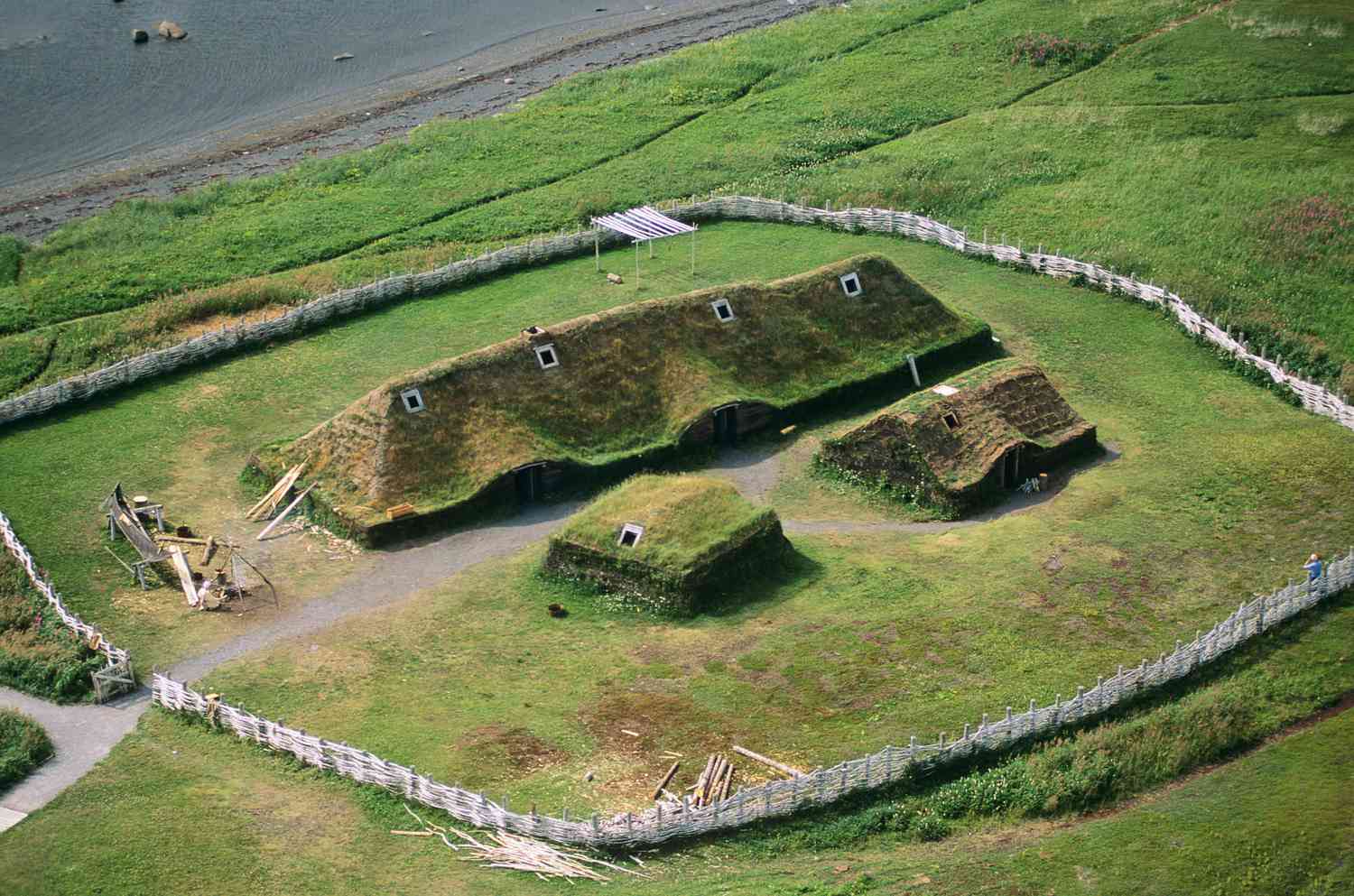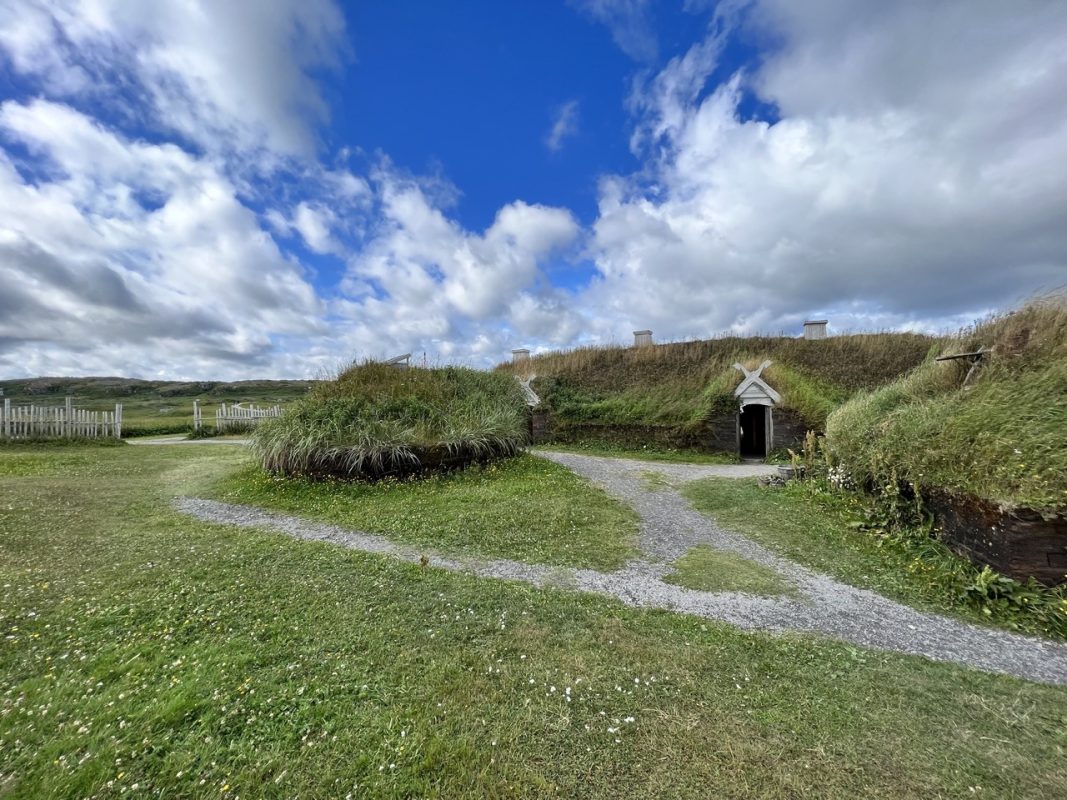Introduction
L’Anse aux Meadows, located on the northern tip of Newfoundland, Canada, is a site of profound historical significance. As the first confirmed Viking settlement in North America, it provides critical evidence of Norse exploration around the turn of the millennium. Recent research has shed new light on the timeline and nature of this settlement, revealing a nuanced understanding of Viking presence in the New World.
Historical Context of the Vikings
The Viking Age
The Viking Age, spanning from the late 8th to the early 11th century, is marked by Norse exploration, trade, and raiding across Europe and beyond. While sagas and historical accounts hinted at Viking voyages to lands west of Greenland, concrete evidence was lacking until the discovery of L’Anse aux Meadows in the 1960s.

Significance of L’Anse aux Meadows
Discovered by archaeologist Helge Ingstad and his wife Anne Stine Ingstad, L’Anse aux Meadows features remains of Norse structures, artifacts, and evidence of shipbuilding. This site confirmed that the Vikings had indeed reached North America, predating Columbus by nearly 500 years.
Recent Research and Findings
New Insights into Norse Occupation
A groundbreaking study published in Nature has provided fresh insights into the timeline of Norse occupation at L’Anse aux Meadows. Researchers determined that a group of explorers, estimated to include up to 100 men and women, cleared trees and established a village around 1021 AD. This date is particularly significant as it predates Columbus’s arrival in the Americas by 470 years.
Methodology: Carbon Dating Techniques
The accuracy of this timeline was established through advanced scientific techniques, particularly carbon dating. By detecting spikes in carbon-14 in wood samples, researchers were able to ascertain that at least three trees were cut down in 1021 AD. This method allowed for precise dating and helped confirm the presence of Norse settlers in the region.

Cultural Interactions and Indigenous Presence
Indigenous Peoples at L’Anse aux Meadows
The research also highlights the presence of indigenous peoples at L’Anse aux Meadows both before and after Norse occupation. Artifacts and wood samples indicate that these groups were engaged in their own activities in the area, suggesting a complex interplay of cultures. The Viking settlers’ use of metal tools to cut down trees further emphasizes the technological disparities between the Norse and indigenous populations.
Questions of Interaction
The evidence of indigenous presence raises intriguing questions about the nature of contact between the two groups. Did they trade, coexist peacefully, or engage in conflict? The answer remains unclear but is vital for understanding the broader narrative of Viking exploration and settlement.
Duration and Reasons for Abandonment
A Short-Lived Settlement
Despite their remarkable journey and the establishment of a settlement, the Norse occupation at L’Anse aux Meadows was relatively brief. Research indicates that the Vikings inhabited the site for a period of just 3 to 13 years. This short duration prompts questions about why they abandoned the settlement.

Theories of Abandonment
Several theories have been proposed regarding the reasons for the Norse departure. These include environmental factors, such as resource depletion, and potential conflicts with local indigenous groups. Understanding these dynamics is crucial for comprehending the limitations and challenges faced by the Vikings in North America.
Conclusion
L’Anse aux Meadows stands as a testament to the Viking spirit of exploration and discovery. The recent study not only enriches our understanding of Norse settlement patterns in North America but also highlights the complexities of cultural interactions during this period. As further research continues, L’Anse aux Meadows will remain a critical focal point in the ongoing story of the Vikings and their impact on world history.

